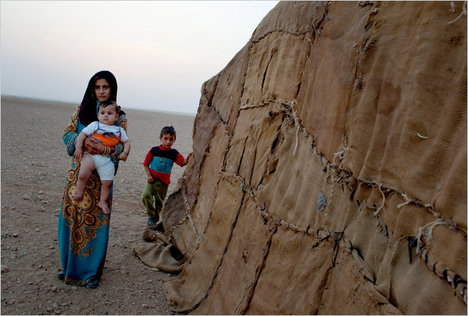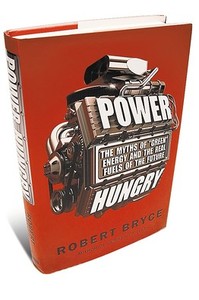(p. D1) Five years ago, Matthew R. Simmons and I bet $5,000. It was a wager about the future of energy supplies — a Malthusian pessimist versus a Cornucopian optimist — and now the day of reckoning is nigh: Jan. 1, 2011.
The bet was occasioned by a cover article in August 2005 in The New York Times Magazine titled “The Breaking Point.” It featured predictions of soaring oil prices from Mr. Simmons, who was a member of the Council on Foreign Relations, the head of a Houston investment bank specializing in the energy industry, and the author of “Twilight in the Desert: The Coming Saudi Oil Shock and the World Economy.”
I called Mr. Simmons to discuss a bet. To his credit — and unlike some other Malthusians — he was eager to back his predictions with cash. He expected the price of oil, then about $65 a barrel, to more than triple in the next five years, even after adjusting for inflation. He offered to bet $5,000 that the average price of oil over the course of 2010 would be at least $200 a barrel in 2005 dollars.
I took him up on it, not because I knew much about Saudi oil production or the other “peak oil” arguments that global production was headed downward. I was just following a rule learned from a mentor and a friend, the economist Julian L. Simon.
As the leader of the Cornucopians, the optimists who believed there would always be abundant supplies of energy and other resources, Julian figured that betting was the best way to make his argument. Optimism, he found, didn’t make for cover stories and front-page headlines.
. . .
(p. D3) When I found a new bettor in 2005, the first person I told was Julian’s widow, Rita Simon, a public affairs professor at American University. She was so happy to see Julian’s tradition continue that she wanted to share the bet with me, so we each ended up each putting $2,500 against Mr. Simmons’s $5,000.
. . .
The past year the price has rebounded, but the average for 2010 has been just under $80, which is the equivalent of about $71 in 2005 dollars — a little higher than the $65 at the time of our bet, but far below the $200 threshold set by Mr. Simmons.
What lesson do we draw from this? I’d hoped to let Mr. Simmons give his view, but I’m very sorry to report that he died in August, at the age of 67. The colleagues handling his affairs reviewed the numbers last week and declared that Mr. Simmons’s $5,000 should be awarded to me and to Rita Simon on Jan. 1, . . .
For the full commentary, see:
JOHN TIERNEY. “Findings; Economic Optimism? Yes, I’ll Take That Bet.” The New York Times (Tues., December 28, 2010): D1 & D3.
(Note: ellipses added.)
(Note: the online version of the article is dated December 27, 2010.)






